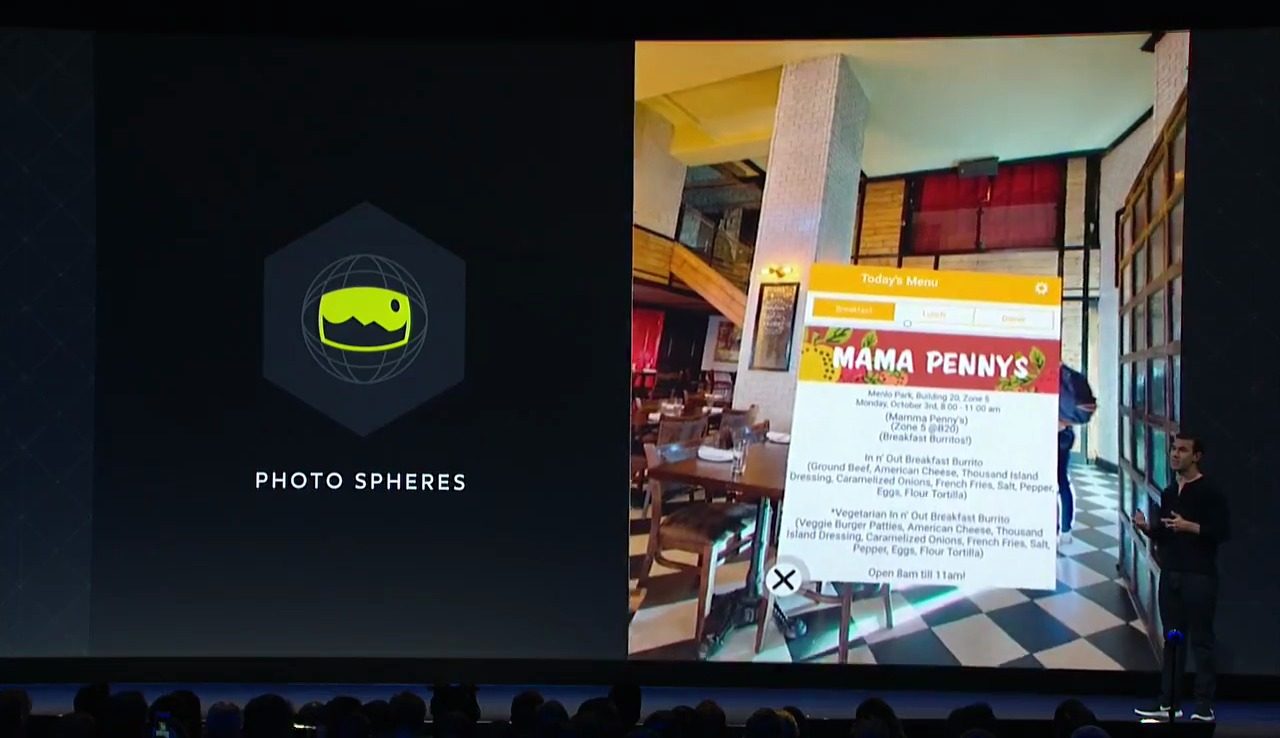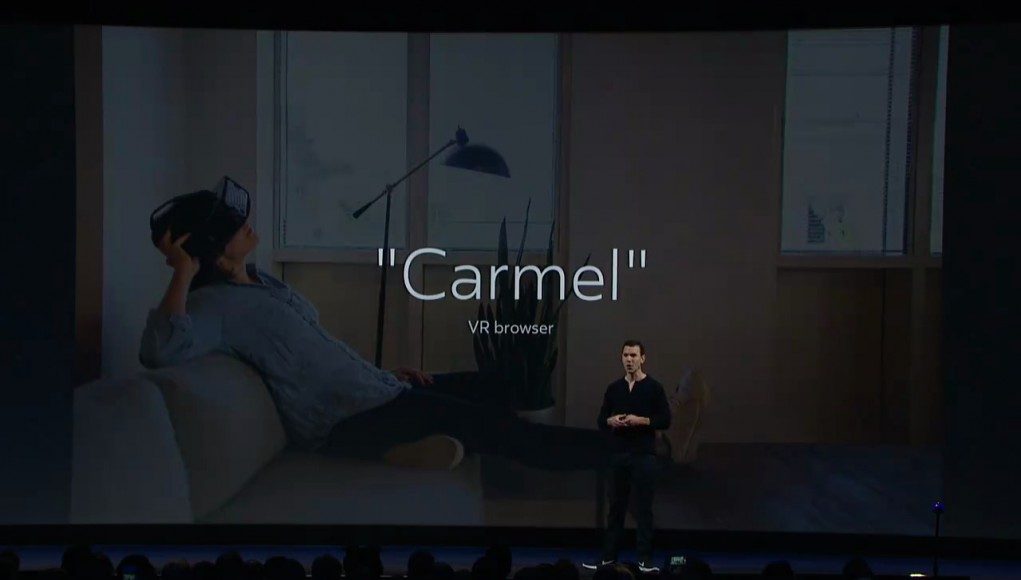Oculus announced at Connect, the company’s annual developer conference, that they’ll be officially supporting WebVR through their new VR web browser codenamed Carmel. WebVR is an API that provides headsets access to web-based VR content.
Touted as an easy way to share VR experiences over the web, WebVR allows JavaScript developers a way of delivering simple VR content into the hands of anyone with a VR headset just by navigating to a URL (i.e. no long downloads or installs necessary).
Oculus co-founder Nate Mitchell took the stage and presented the new VR browser, stating the WebVR initiative “is going to lead to an exponential growth in VR content out there. Everyone in the future is going to have their own VR destination on the web.”
Mitchell then introduced a number of usecases for prospective developers, some that he said could even be completed in just a few days like a web-based photo sphere site, or a 3D rendering of a new car.

Oculus says Carmel is optimized for performance, designed for navigation and input in VR, and will be tightly integrated with Home and “run on any Oculus device.”
Samsung’s Gear VR web browser ‘Samsung Internet’ already has preliminary support for WebVR, but the move by Oculus to support it directly and offer the tools to do so means they’ll be throwing their full weight behind the initiative.
To help developers build VR web content, Oculus also announced React VR, a VR-focused version of the React open source javascript library created by Facebook in 2013 that helps developers build user interfaces for web-based content.
A developer preview of Carmel is said to come later this year along with React VR. Oculus has listed a number of real-world examples on their WebVR page to give prospective devs an idea of what to build for the coming VR web.








